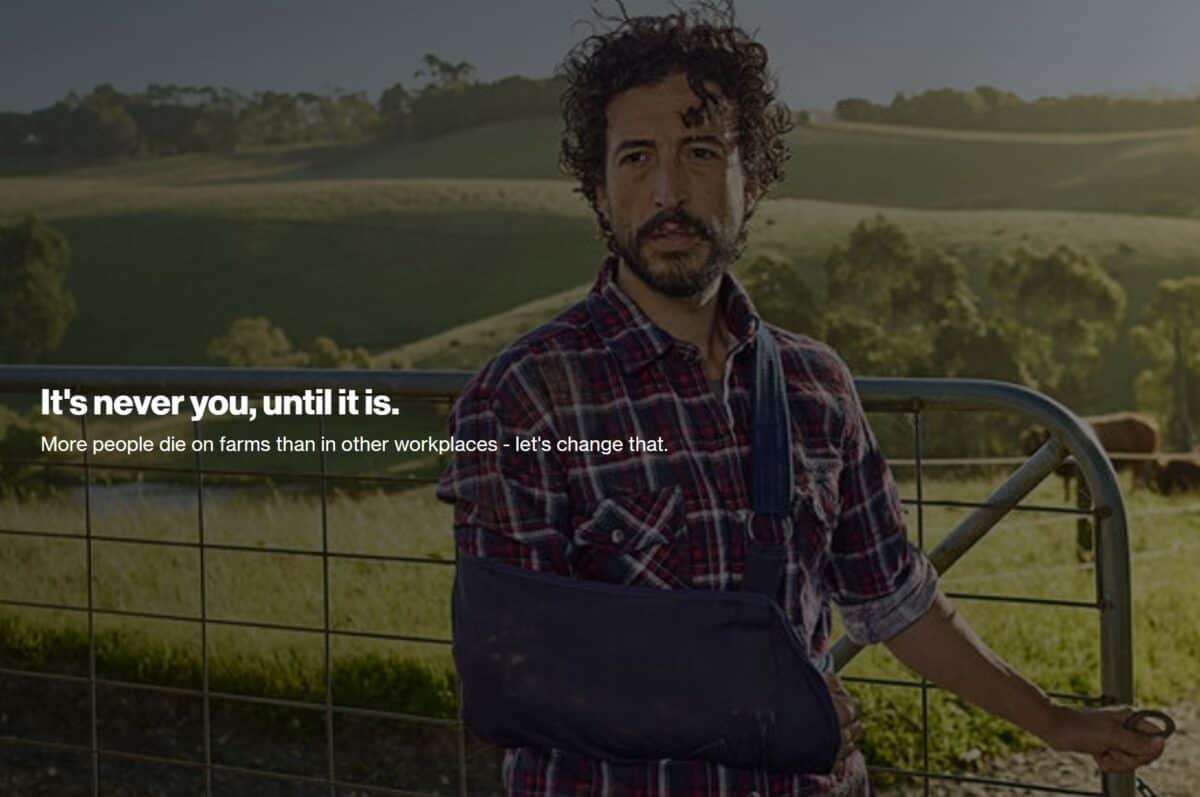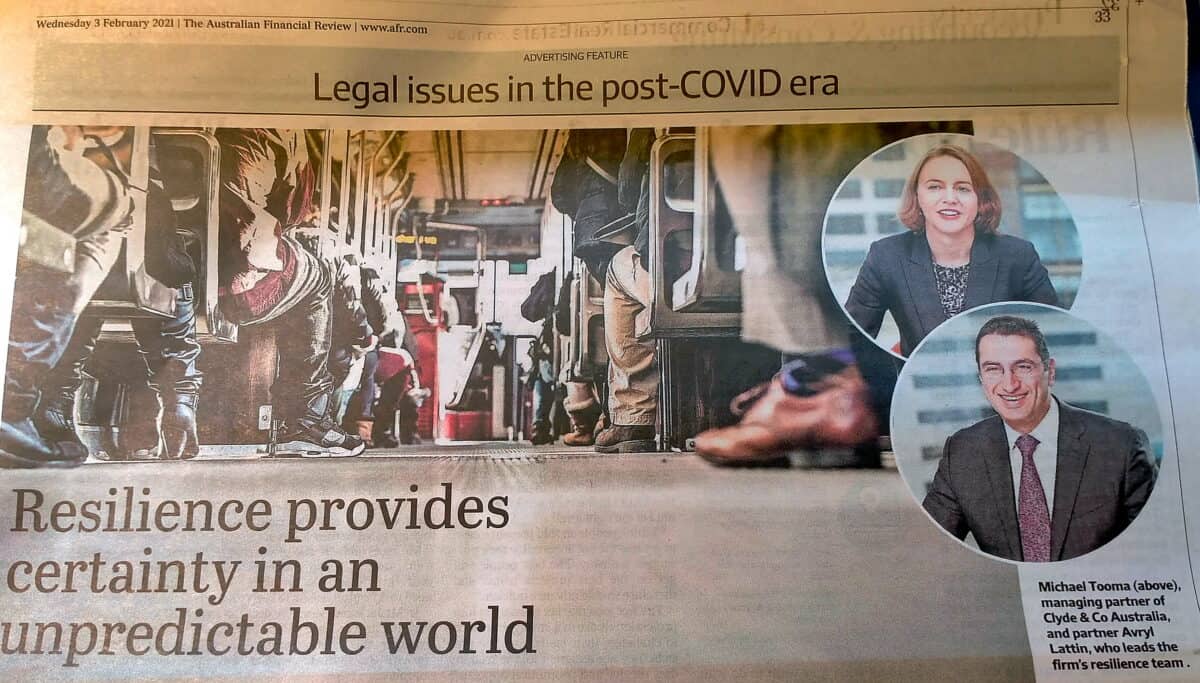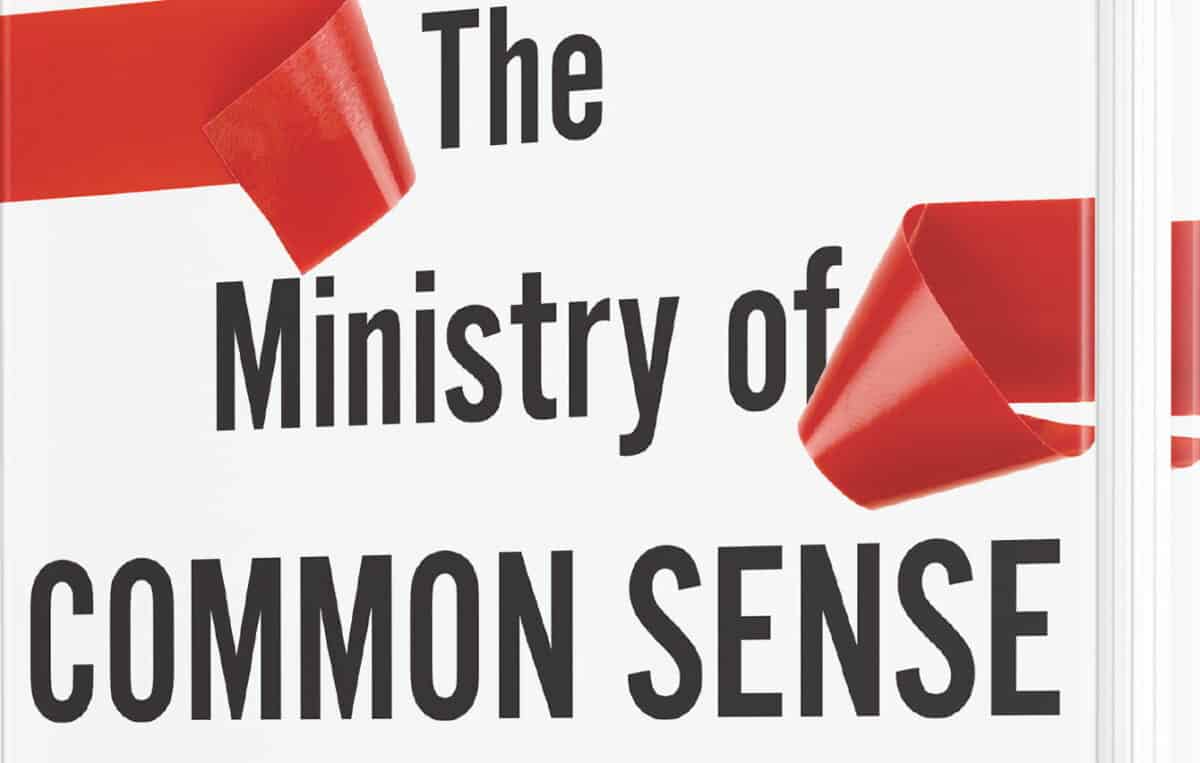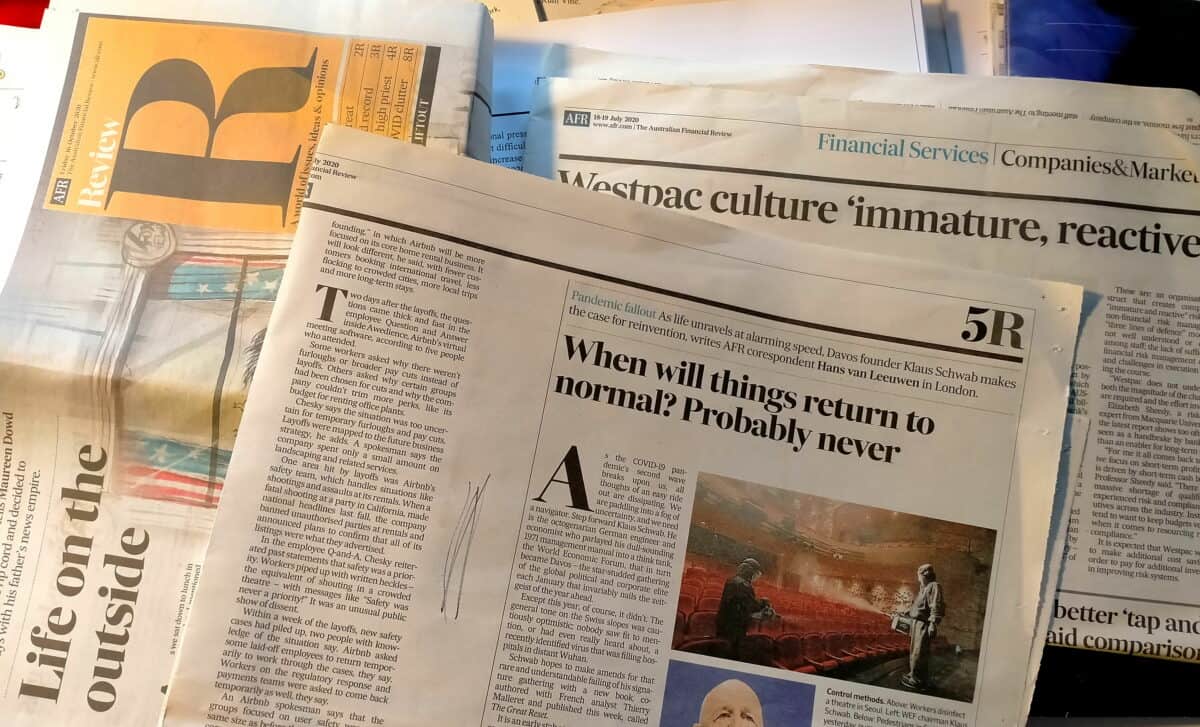WorkSafe Victoria has launched a new campaign about health and safety on farms. Safety and health in this sector needs constant promotion as high rates of death and serious injury persist. The latest video campaign deserves a broad audience and hopefully is pushed heavily on television in rural areas and through local newspapers (what’s left of them) as these media continue to be major influences.
Farming is one of the hardest industries in which to achieve tangible change in occupational health and safety as discussed only recently on this blog. This latest campaign is fresh and looks good but the message is confusing if, as WorkSafe Victoria claims, the aim is to affect cultural change in the agriculture sector. The video takes a narrow focus on the male farmers implying they are the major cause of injuries. (Gender is a sensitive issue in farming, even though the statistics show older male farmers continue to be at high risk of injury) There is a little bit of “blame the worker” which is contrary to most strategies for cultural change.






